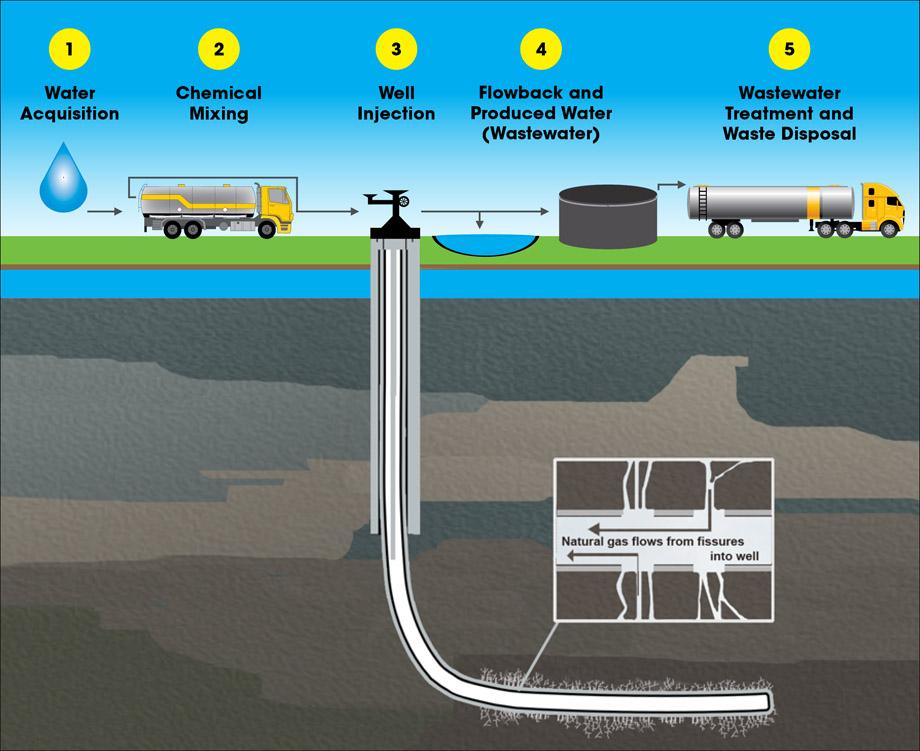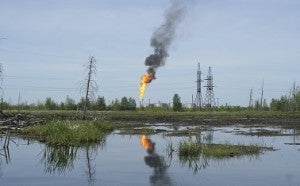 If reducing climate pollution from power plants were a football game, the U.S. team would be halfway to the goal line while fans were still singing the national anthem.
If reducing climate pollution from power plants were a football game, the U.S. team would be halfway to the goal line while fans were still singing the national anthem.
That is, we have already gotten about halfway to the expected goals of the Clean Power Plan – before the rule is even final.
The Clean Power Plan is the U.S. Environmental Protection Agency’s (EPA) historic effort to place the first-ever limits on climate pollution from our country’s existing fleet of fossil fuel-fired power plants. When it’s finalized this summer, it’s expected to call for a 30 percent reduction in carbon emissions compared to 2005 levels — but U.S. power plant emissions have already fallen 15 percent compared to 2005 levels.
That’s because renewable energy, energy efficiency resources, and natural gas generation have been steadily deployed and growing for years. Even conservative estimates forecast continued growth of these resources — which makes last week’s report from the North American Electric Reliability Corporation (NERC) seem really strange.
NERC’s report about the Clean Power Plan’s impacts on electric grid reliability makes predictions that starkly contrast from the progress we’re already seeing.
How did this departure from reality happen? Read More »
 The Environmental Protection Agency (EPA) released its long-awaited draft report on impacts associated with hydraulic fracturing on drinking water last week, completing the most extensive scientific review of published data to date. At nearly 1,000 pages, it’s a substantial report. But it’s nowhere near a comprehensive evaluation – or even enumeration – of the risks that oil and gas development poses to both surface and ground water.
The Environmental Protection Agency (EPA) released its long-awaited draft report on impacts associated with hydraulic fracturing on drinking water last week, completing the most extensive scientific review of published data to date. At nearly 1,000 pages, it’s a substantial report. But it’s nowhere near a comprehensive evaluation – or even enumeration – of the risks that oil and gas development poses to both surface and ground water.












 Long familiar in major urban areas, smog – what we experts call “ground-level ozone” pollution – is quickly becoming a serious problem in the rural mountain west, thanks to rapid expansion in oil and gas development. Smog can cause serious health impacts like aggravated asthma, chronic bronchitis, heart attacks, and even premature death. In areas like the
Long familiar in major urban areas, smog – what we experts call “ground-level ozone” pollution – is quickly becoming a serious problem in the rural mountain west, thanks to rapid expansion in oil and gas development. Smog can cause serious health impacts like aggravated asthma, chronic bronchitis, heart attacks, and even premature death. In areas like the 